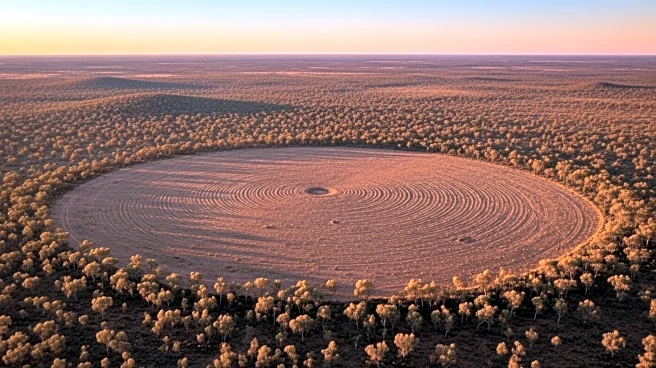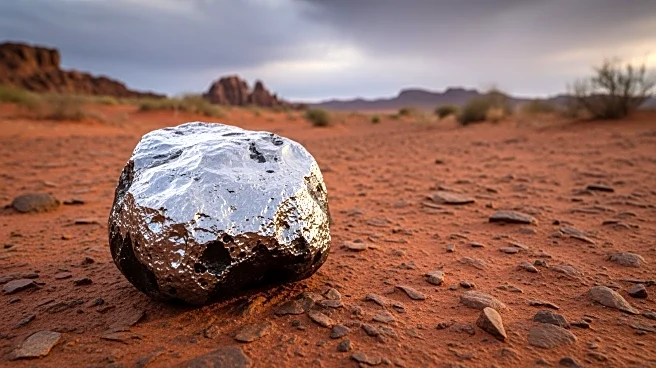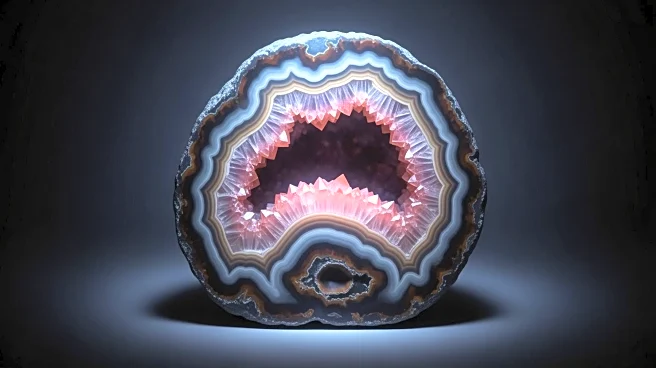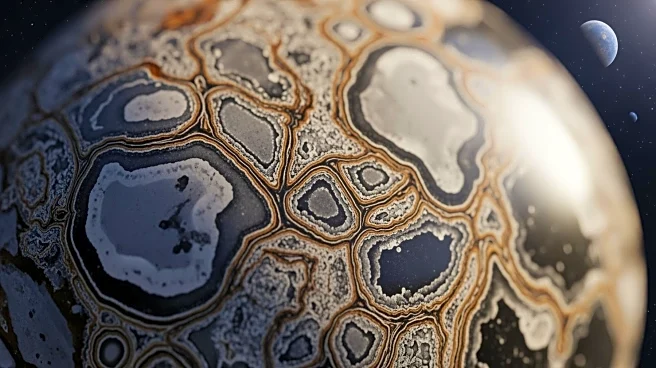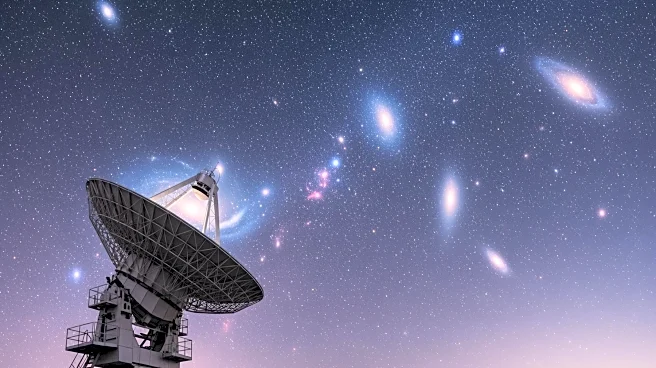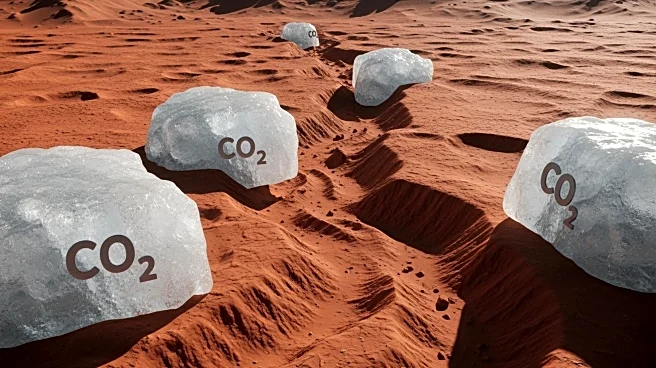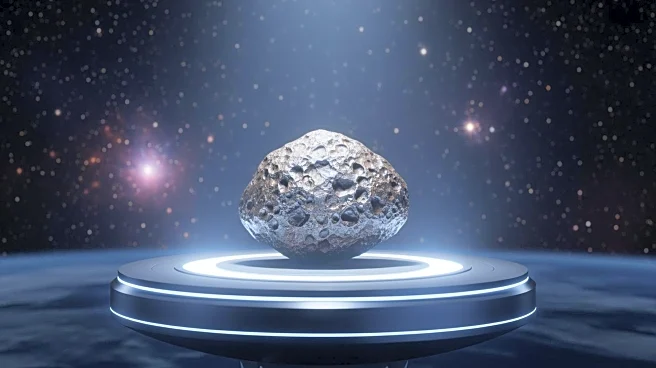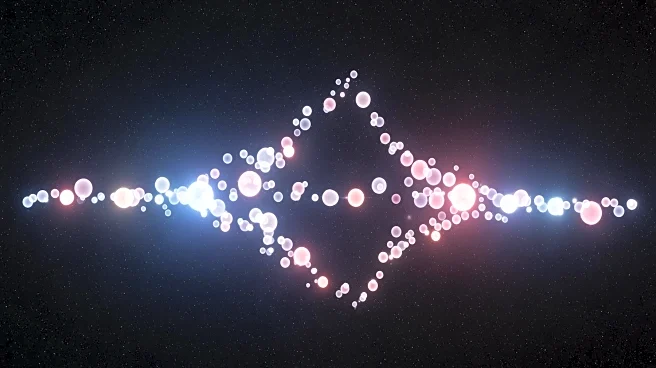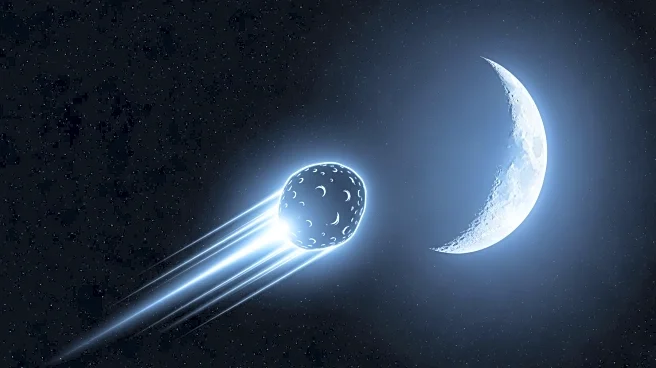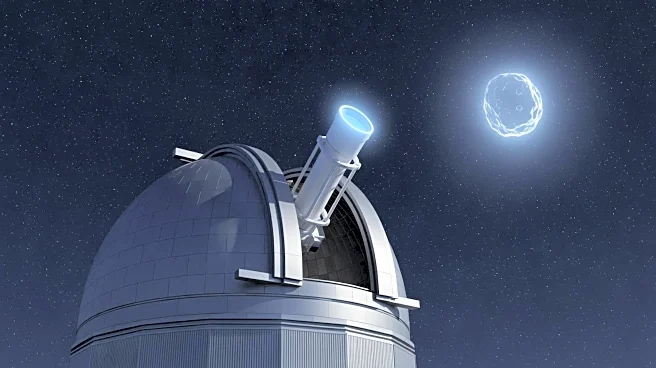What's Happening?
Researchers have identified a new type of tektite, a natural glass formed by meteorite impacts, in South Australia. These tektites are believed to have originated from an asteroid impact approximately
11 million years ago. Despite the significant impact, the crater has not been located. The discovery was made by a team led by Professor Fred Jourdan from Curtin’s School of Earth and Planetary Sciences, who noted the unique chemistry and age of these tektites. This finding suggests a previously unknown impact event, separate from the well-known Australasian tektite field formed 780,000 years ago.
Why It's Important?
Understanding past asteroid impacts is crucial for assessing future risks and planetary defense strategies. The discovery of these tektites provides new insights into Earth's geological history and the frequency of large asteroid impacts. This research could help scientists better predict and prepare for potential future impacts, which have significant implications for global safety and environmental stability.
What's Next?
Further research is needed to locate the crater associated with this impact and to understand the full extent of its effects on Earth's history. Scientists may conduct additional field studies and analyses to uncover more evidence of the impact and its consequences.
Beyond the Headlines
The study highlights the importance of geological research in uncovering Earth's hidden history and the potential for new discoveries that can reshape our understanding of planetary science. It also underscores the need for continued investment in scientific research to safeguard against future natural disasters.
